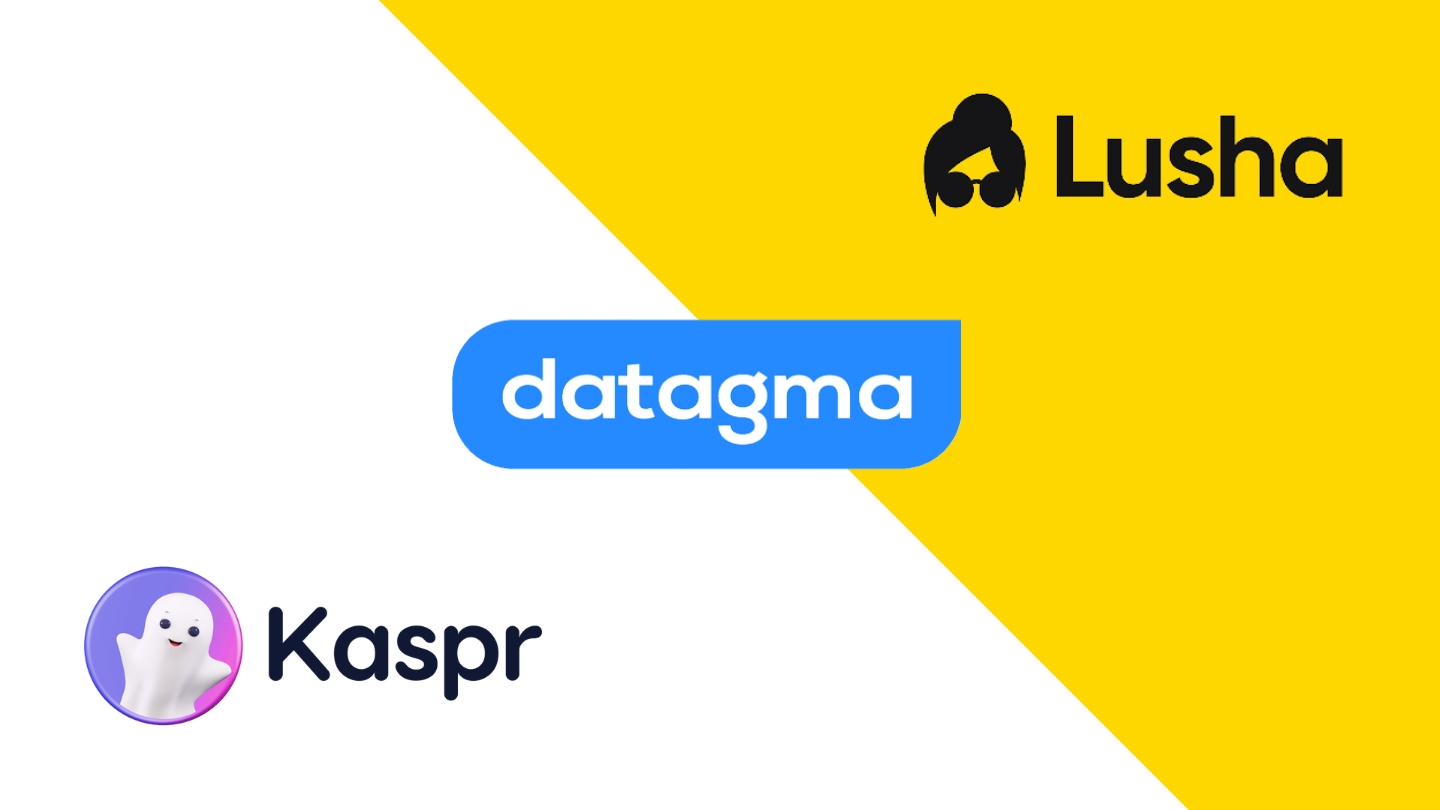Lead scoring refers to the method of calculating a score for each lead that enters your CRM and sales processes. For the mathematicians, the idea is to estimatea prospect’s earnings expectancy. To calculate this, the following formula is generally used:
Potential earnings (in €) * Probability of conversion (%) = Score.
In this comprehensive guide, we will start by explaining in detail how to estimate a prospect’s potential for your lead scoring. Then we will look at how to estimate a prospect’s conversion probability for your lead scoring and finally we will go one step further by providing you with a free Excel lead scoring file.
Sommaire
#1 Estimate the potential of a prospect for your lead scoring
There are several schools of thought for approaching a prospect’s potential. Here are the details:
1. Build your lead scoring around a representative variable
The idea is to find a variable that allows you to estimate a prospect’s potential shopping basket fairly accurately. For example, the cost of CRM software is very closely linked to the number of CRM users. CRM software publishers will therefore often try to estimate the size of the sales team. This also works for tools other than CRM.
For example, if you want to invest in an IP telephony solution, you need to know how many people work in your office, do you have one or several etc. Your marketing budget, on the other hand, is defined according to your turnover, the channels on which you wish to implement your strategy, etc. Each cost must be calculated according to a specific cost. Each cost must be calculated according to a variable.
2. Build your lead scoring around the prospect’s profile
The first method is certainly the most solid, but it is sometimes difficult to implement (sale of services, great diversity of products or services offered, etc.). A good practice is to define a few typical personas (ideally between 3 and 5), which have a different value potential. Your personas will have, in addition to their potential, two or three easily identifiable traits. For example, if you create websites, you will often be dealing with :
- Solo-preneurs who are just starting out in the business. They will often not have a company, professional email, etc.
- SMEs with between 2 and 10 employees, and a turnover of more than 1 million.
- Or more established companies with a turnover of over 10M and a well-built team around them.
- In the first case, you are dealing with a founder, the one who has created his own company.
- In the second case, you often approach the general manager or a marketing & sales manager.
- In the third and final case, there will be a well-established marketing department and a whole team around it.
It is then up to you to estimate the potential value of each of these three personas, based on your history. The challenge is to obtain the information early enough to be able to prioritise your sales efforts. If the qualification of these elements is done over the phone by one of your sales representatives, it is already too late.
3. Don’t forget to include growth potential in your lead scoring

Remember that these elements are the equivalent of a snapshot of the target company at a given moment. It is important to consider the growth potential of a new customer. This is the idea of ABM (Account Based Marketing).
ABM focuses primarily on a small number of high-value prospects that you will seek to engage. This allows you to focus your marketing efforts. And that’s why consultancies and service providers often focus on ‘large accounts’. Simply put, they look at the size of the company (in terms of number of employees or revenue, depending on the business).
#2 Estimate the probability of converting a prospect for your lead scoring
Now that we have estimated a prospect’s potential, let’s move on to the prospect’s conversion probability for your lead scoring:
1. Measuring engagement with your communication
This is probably the best way to measure a prospect’s engagement. The key is to identify the activity of your prospects on your website: you need to know what they have seen, and what they have not. This allows you to exclude the curious, (those who visit the a-propos, press, on-recruit pages, etc.) and focus on the prospects who are genuinely interested in your solution (those who visit the pricing, solutions, case studies, etc. pages).
Unfortunately, this often involves using fairly advanced tools to identify visitors to your website. There are increasingly affordable tools for identifying your subscribers (Sendinblue for example, from £49 per month), and increasingly affordable tools for identifying prospects who have not yet contacted you. You can also stick to more basic elements to start with, such as :
- Email openings
- Answers to non-mandatory questions in your contact form.
- Subscription to your newsletter etc.
2. Integrate the Ideal Customer Profile (ICP) into your lead scoring

If you cannot identify the interactions of your prospects, you can find out whether their profile and their needs are sufficiently similar to your Ideal Customer Profile. This will allow you to focus your efforts on the prospects with the highest potential. To define your ICP, follow these three important steps:
- Which customers do you provide the most value to?
- Which customers bring you the most value?
- Create a list of your best customers to find the commonalities between them.
3. BANT qualification & lead scoring
For lead scoring, the BANT marketing methodology can be very effective. What could be better than knowing whether or not a prospect is ready to make a purchase? With this method, you can qualify and score a potential customer. How can you do this? By using four interchangeable variables (Budget, Authority, Need, Timing) that will allow you to know if a lead is mature enough to make a purchase.
If you are interested in the BANT methodology for qualifying your leads, I invite you to read the following articles:
#3 Going the extra mile
Now that you have estimated a prospect’s potential and likelihood of conversion, let’s go further into the analysis:
1. Data collection and data enrichment
The important thing is to know where to place the cursor between the questions to be asked and the questions that you can answer yourself. As far as possible, you should avoid asking questions that you can answer yourself. Each question costs you conversion “points”. We recommend that you look at theenrichment of your emails where the following technique is similar:
- Know your base
- Segmenting your base
- Scoring your base
Beware, however, that enrichment has a cost. Especially when it comes to implementation. The decision becomes a very simple equation: where is the break-even point for setting up a lead nurturing system?
2. Continuous or discrete score
The most advanced (and those with a lot of volume) will be able to go towards a continuous score, depending on many variables. Sometimes these variables are even identified by machine learning algorithms. The simplest way is to define the slices that we consider to be structuring and to assign points to them. If we take our example of website creation:
- 1 employee = 1 point
- 2 to 10 employees = 5 points
- More than 10 employees = 10 points
If you are interested in the subject of lead scoring, I strongly suggest you read these two articles:
- Lead qualification by marketing or sales teams – MQL vs SQL
- Why is your lead scoring system probably useless?






